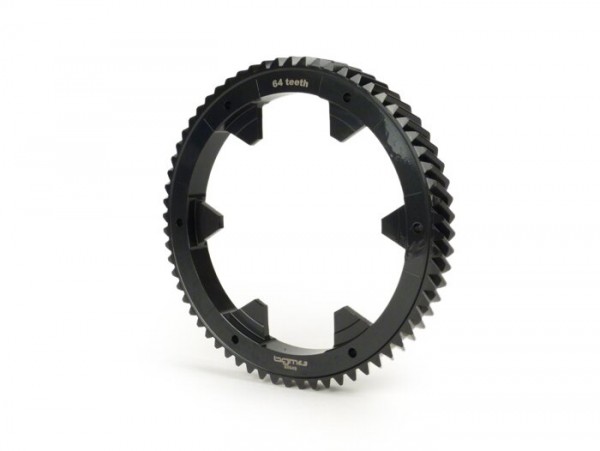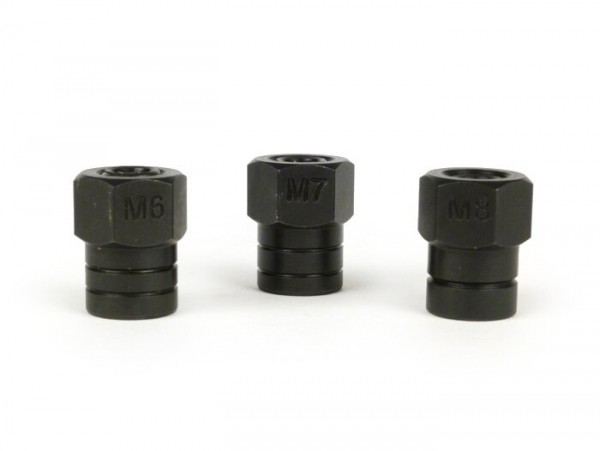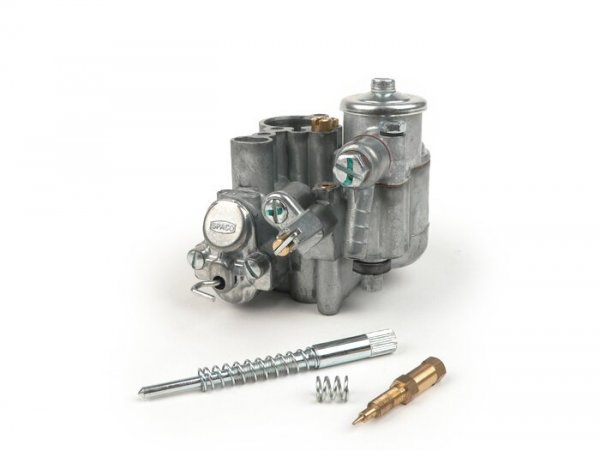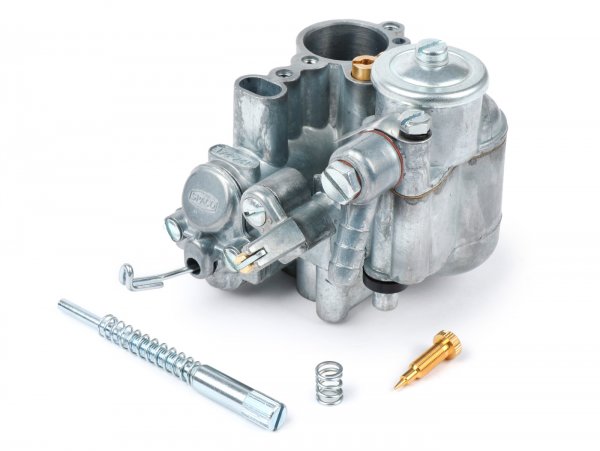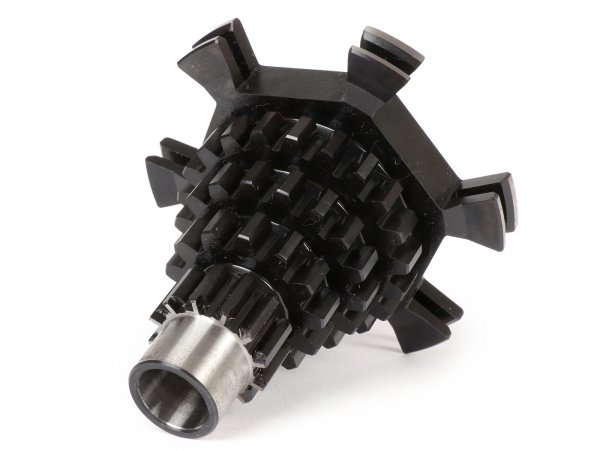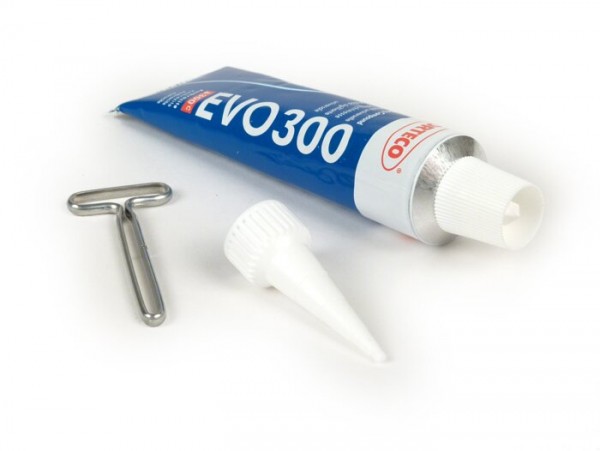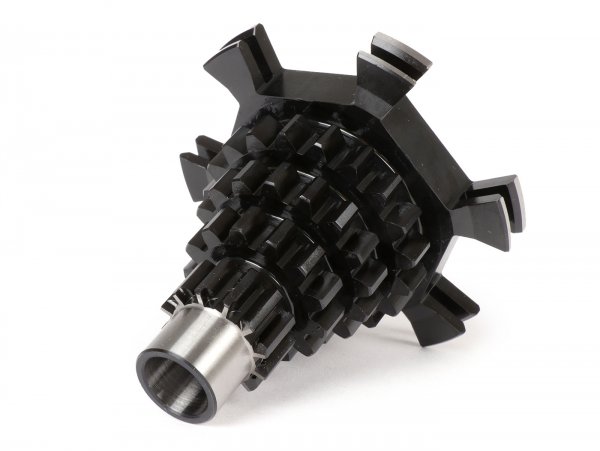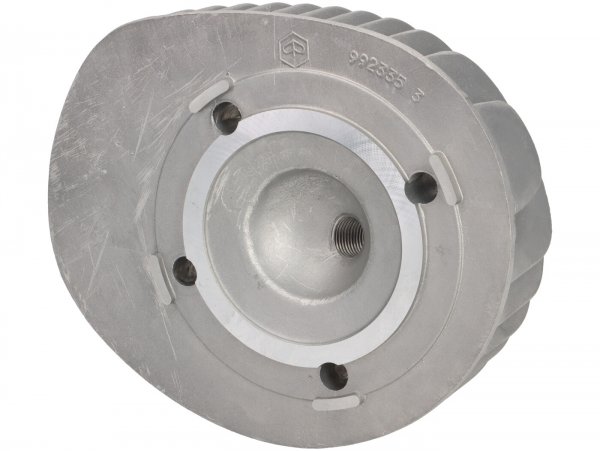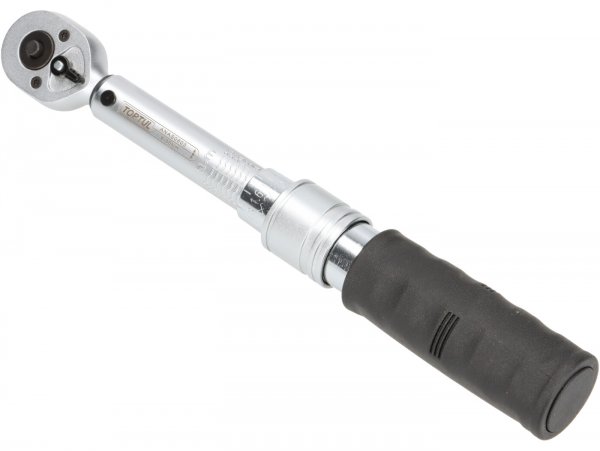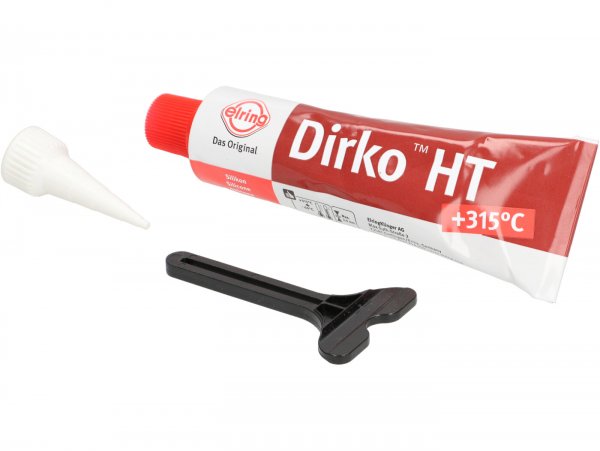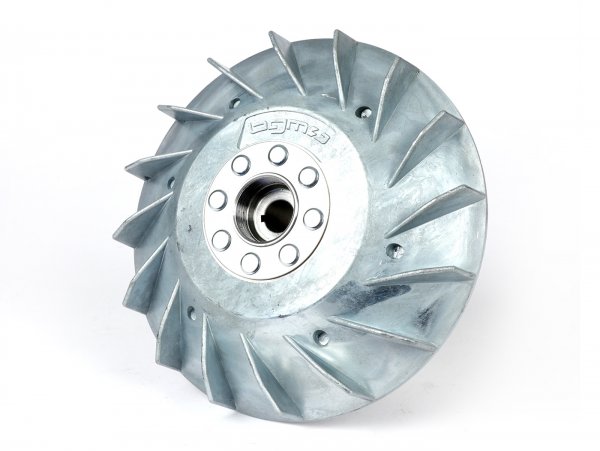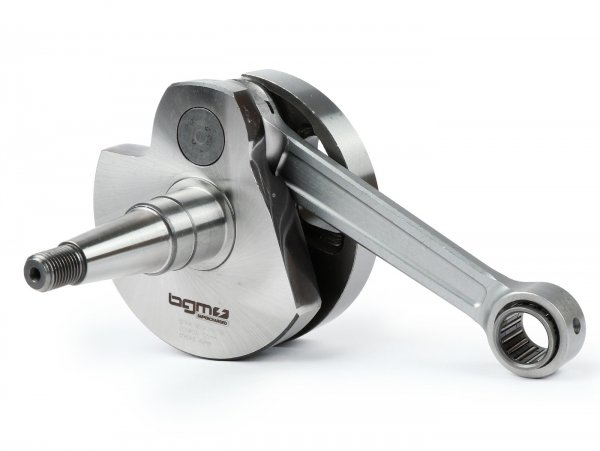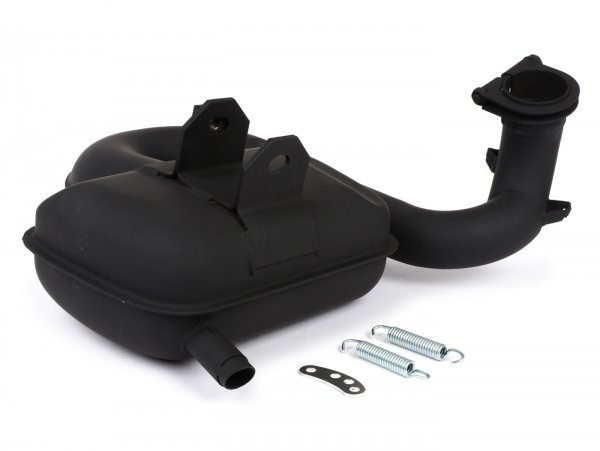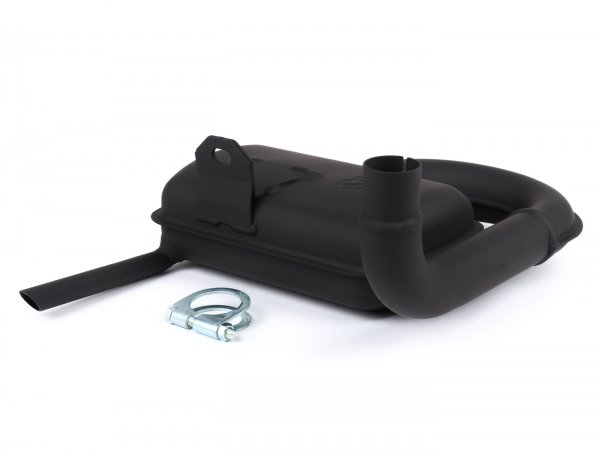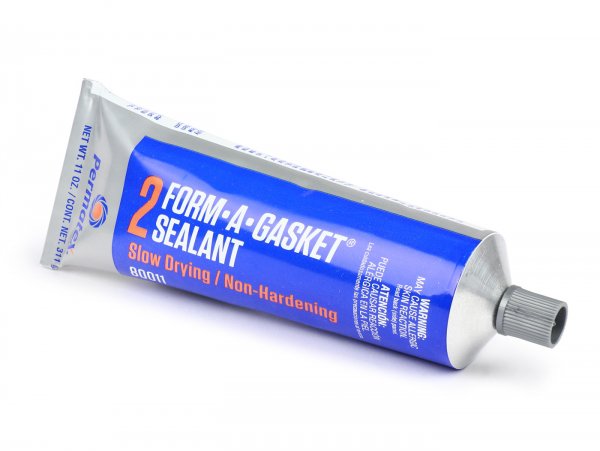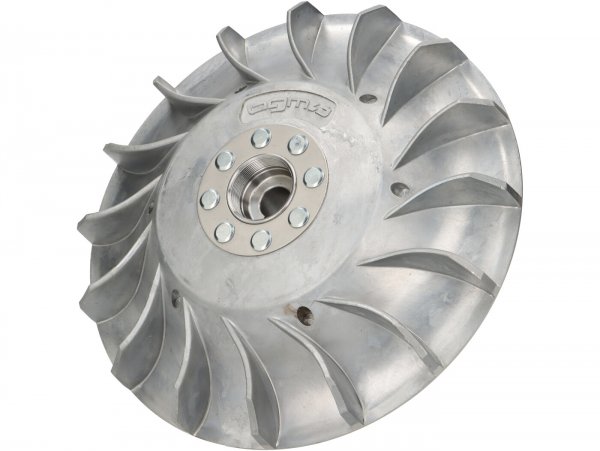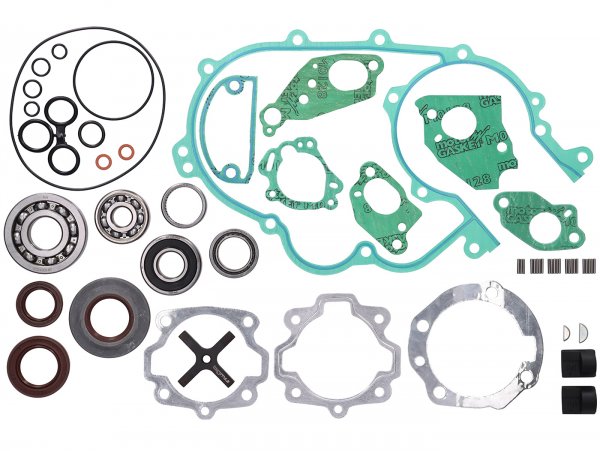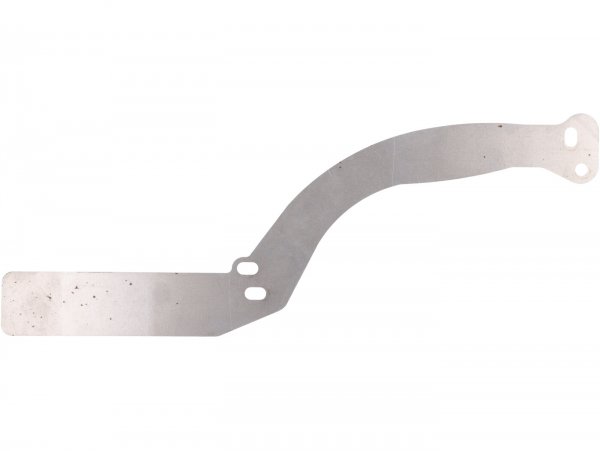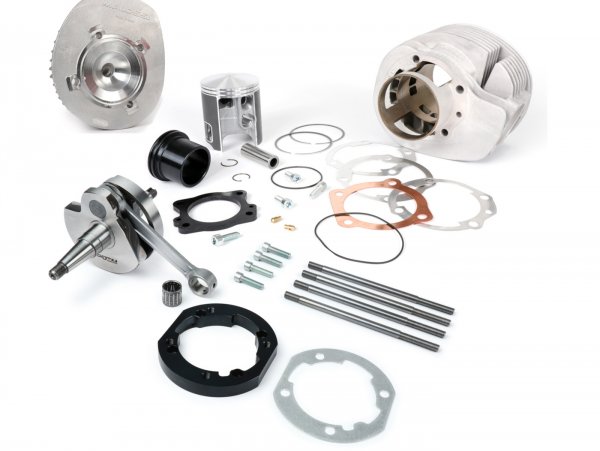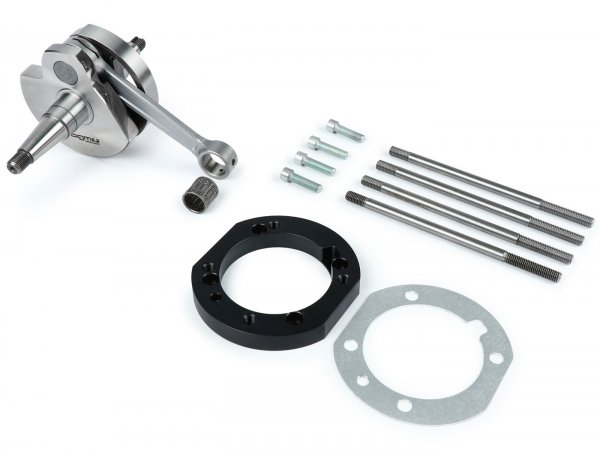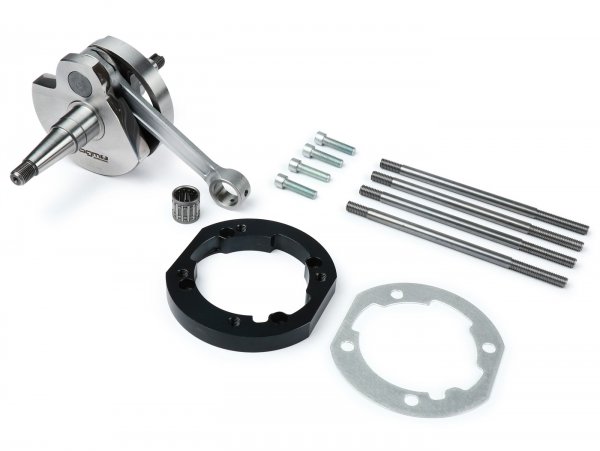Adapter plate set incl. crankshaft+cylinder -J&G 2% special by WT- for fitting PX200 BGM cylinder (Ø66.5mm) on engine casing PX80, PX125, PX150, Cosa125, Cosa150, Sprint Veloce150 (VLB1T 294260-), GTR125 (VNL2T 145901-), Super150 (VBC1T 4123
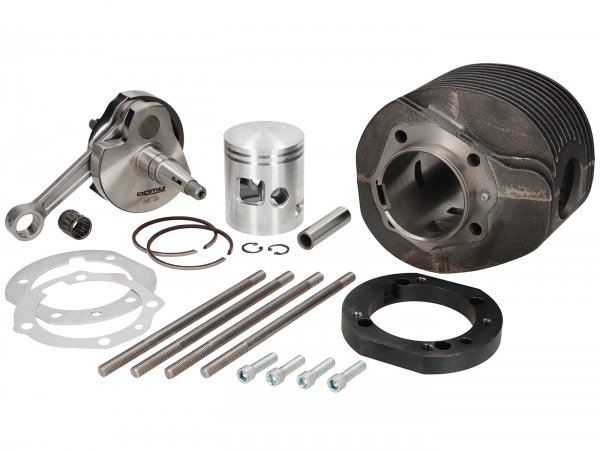














Description
Adapter plate set for converting PX80*/125/150cc engine to PX200 cylinder 12hp
Which rider of a Vespa with only 80cc or 125cc has not dreamed of experiencing the torque and sovereignty of a 200cc engine in his vehicle?
Enjoying a pass road powerfully and casually without constantly having to use the lower gears?
More power and still have the full reliability of a 200cc engine?
All this is now possible on the basis of an existing 80*-150cc engine.
The adapter set includes:
Crankshaft BGM Touring stroke 60, connecting rod 125mm
Cylinder BGM200 12hp modified
1x adapter plate steel 14mm
1x aluminum spacer 1.5mm
4x stud bolts M8x165mm
4x bolts M7x25mm
Based on an idea by Geoff (J&G 2% Vespa Tuning) and the technical implementation by W.T., we subjected the set to extensive and long stress tests on the road, highway and test bench. The result is so convincing and reliable that we can now offer it as a set for the experienced mechanic. A PX80, PX125/150 or LML 125/150 engine is used as the basis.
To convert this engine to 200cc, the following is required in addition to the adapter set:
PX200 cylinder head
PX200 exhaust
Longer gear reduction
Reinforced clutch
ADAPTER-SET
The conversion is based on a crankshaft with a 20mm longer connecting rod (125mm instead of 105mm).
The solid CNC-milled steel adapter plate is screwed onto the engine housing and accommodates the stud bolts for the PX200 cylinder. A 1.5mm thick aluminum gasket between the adapter plate and cylinder base seals the bolt holes and ensures the correct installation height.
*Cylinder (no housing spindles required for 125-150cc engine housings)
The SC80200SET adapter set is designed as a complete basic set for creating a 200cc fuselage engine. It can be fitted plug&play on 125-150cc engines. The housings of the PX80 models require an extension of the cylinder base mount as the piston is larger than the bore for the cylinder base. An extension to 68mm is recommended. TIP: If you open the PX80 housing to Ø74mm, you can use any cylinder that fits the original PX200 engines in future (with the exception of cylinders that already require a longer connecting rod (e.g. Quattrini)).
CURB SHAFT
The BGM crankshaft fits into the engine housing of the PX80-150cc models without modifications.
It has adapted timing angles and harmonizes perfectly with the intake of the PX80-150cc models.
CARBURETOR
The standard carburetor (SI20/20D) can be retained as long as it is adapted by the jetting (use the basic tuning of the PX200). However, the carburetor of the PX200 models (SI24/24E) provides more power and torque. This also has the appropriate jetting. To fit the SI24 carburetor, the carburetor bowl should be adjusted in the passage (this can be done quickly with a file or a Dremel/Proxxon tool).
GEARBOX
In order to make good use of the significantly higher and early torque, the reduction ratio should be extended:
80cc
The PX80 has its own secondary gearbox which is very short (the original third gear of the PX200 already has a longer reduction ratio than the fourth gear of the PX80). If the PX80 gearbox is to be retained, it can be used with an extra long reduction primary from e.g. BGM (25/62). This is used in conjunction with a stable clutch of type COSA2, e.g. a BGM Superstrong clutch. Alternatively, a gearbox from the PX125/150 models can also be used in the PX80 engine housings with minor conversion work.
To do this, either the diameter of the auxiliary shaft axle on the alternator side is turned down or the engine housing is enlarged at the mount for the auxiliary shaft (remove the existing bushing).
125/150cc
For the 125/150cc engines, it is sufficient to change to the components of the 200cc engines on the primary side (primary wheel 64Z (BGM) or 65Z, clutch pinion 23Z or 24Z (BGM).
CLUTCH
The 80-150cc models up to model year 1998 still use small clutches with 6 springs (108mm basket diameter). These cannot cope with the high torque of 200cc engines in the long term. They should therefore be replaced with a corresponding clutch for 200cc models. A good option is to change directly to the most modern clutch type of the COSA2 models. The BGM Pro Superstrong is a very high-quality and stable clutch that is also easy to operate.
IGNITION/POLYWHEEL
These can easily be taken over from the donor engine. The ignition setting is set according to the cylinder (18°-23° from top speed). Of course, other ignitions/pole wheels can also be used for further tuning purposes. Our test engine ran with the pole wheel BGM Touring with 2300 grams which harmonizes very well with the performance characteristics of the 200cc engines.
CYLINDER COVER
Due to the 15 mm increase in cylinder height, the cooling cover must also be extended accordingly. We simply used two hoods and cut off the lower third of one of them. We then connected this to the complete other hood using conventional self-tapping screws. Of course, this can also be done more easily, but for us this method has also proven itself in everyday use. Alternatively, the hoods can also be welded with a soldering iron. Special plastic welding rods are also available for this purpose, but as a rule you can also use the remains of the sacrificed hood as filler material.
EXHAUST
Due to the higher cylinder position, the exhaust may need to be adjusted. Our experience has shown that the Polini box systems have to be modified (twist the mounting brackets). The BGM Touring V2 systems (BGM1011TR2), on the other hand, worked on our setup without any adjustments.
CYLINDER DISASSEMBLY
Due to the raised cylinder, it is not possible to remove the cylinder head/cylinder while the engine is installed in the chassis. Alternatively, the stud bolts can be locked with our BGM72M7 tool and unscrewed from the adapter plate when the cylinder is fitted. In this way, both the head and the cylinder can be removed with the engine suspended in the frame. This is not normally a recommended procedure as the threads in the soft aluminum of the engine housing are not designed for frequent disassembly/assembly. The original stud bolts from Piaggio have a thickening on the thread on the side where they are screwed into the engine housing, which causes them to jam in the housing.
However, due to the other stud bolts we use and the steel adapter plate material, this is completely uncritical.
CONCLUSION
If you enjoy motor work and are not afraid of minor adjustments, you can build a powerful and durable motor with little effort without having to use a new motor housing.
incl. VAT plus shipping costs
| Customers alternatively searched for | |
|---|---|
| Spacer | Zylinderfuß | Distanzdichtung | Distanz | Zylinderspacer | Kopfspacer | Fußspacer | Cylinder | Base | Cale D'Embase De Cylindre | Spacer Base Del Cilindro | Spacer Pié Del Cilindro | | |
Fits the following vehicles
- LML 125 (2 stroke)
- LML 125 Deluxe (2 stroke)
- LML 125 DLX (2 stroke)
- LML 125 Stella (2 stroke)
- LML 150 Belladonna (2 stroke)
- LML 150 Belladonna RV (2 stroke)
- LML 150 DLX (2 stroke)
- LML 150 Star (2 stroke)
- LML 150 Via Toscana (2 stroke)
- Vespa (Motovespa) Vespa 125 CL (engine 9CL)
- Vespa (Motovespa) Vespa 150 CL (engine 9NC)
- Vespa (Motovespa) PX 125 Iris (engine 99M)
- Vespa (Motovespa) PX 150 Iris (engine 75M)
- Vespa (Piaggio) P 80 X (V8X1T, -1983)
- Vespa (Piaggio) PX 80 E FL (V8X1T, 1983-)
- Vespa (Piaggio) PX 80 E FL Elestart (V8X1T, 1984-1990)
- Vespa (Piaggio) Vespa 150 Sprint Veloce (VLB1T)
- Vespa (Piaggio) Cosa 150 CL (VLR1T)
- Vespa (Piaggio) Cosa 150 CLX (VLR1T300)
- Vespa (Piaggio) Cosa 150 FL (VLR2T)
- Vespa (Piaggio) P 150 X (VLX1T, -1980)
- Vespa (Piaggio) PX 150 E FL (VLX1T, 1984-1997)
- Vespa (Piaggio) PX 150 E (VLX1T, 1981-1983)
- Vespa (Piaggio) Vespa 125 TS (VNL3T)
- Vespa (Piaggio) Cosa 125 CL (VNR1T)
- Vespa (Piaggio) Cosa 125 CLX (VNR1T300)
- Vespa (Piaggio) Cosa 125 CLX (VNR1T301)
- Vespa (Piaggio) P 125 X (VNX1T, -1983)
- Vespa (Piaggio) PX 125 E FL (VNX2T, 1984-1997)
- Vespa (Piaggio) PX 125 E FL (ZAPM09300, 1998-2000)
- Vespa (Piaggio) PX 125 E FL (ZAPM09302, 2001-)
- Vespa (Piaggio) PX 150 E FL (ZAPM09400, 1998-2000)
- Vespa (Piaggio) PX 150 E FL (ZAPM09401, 2001-)
Related items
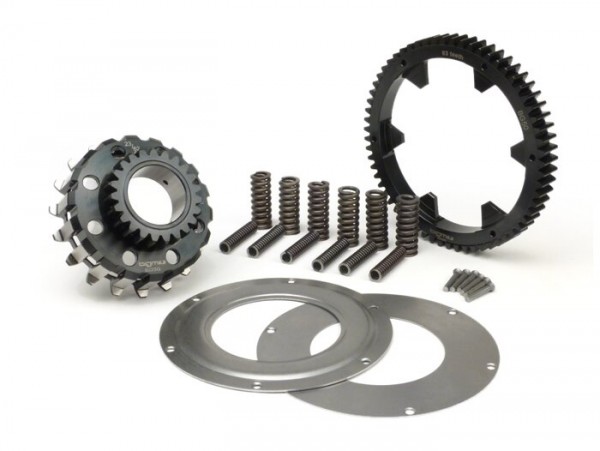
BGM6263K23

-
Available immediately (delivery time 1-3 working days*)23 teeth (for 62/63 straight teeth)
-
The item is ordered and will be in stock soon24 teeth (for 62/63 straight teeth)
-
The item is ordered and will be in stock soon25 teeth (62/63 straight teeth)
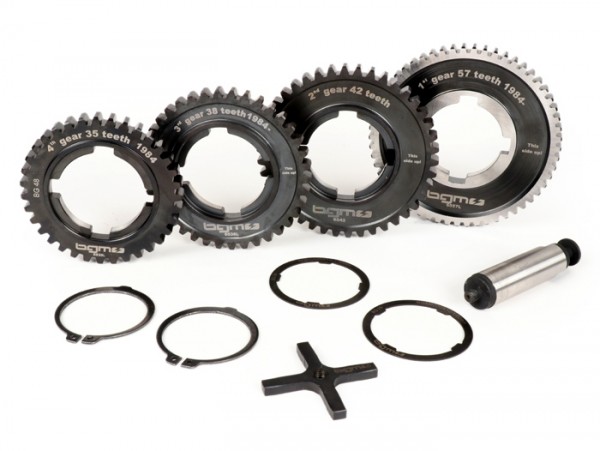
BGM6935L

-
The item is ordered and will be in stock soon35 teeth (standard 200c)
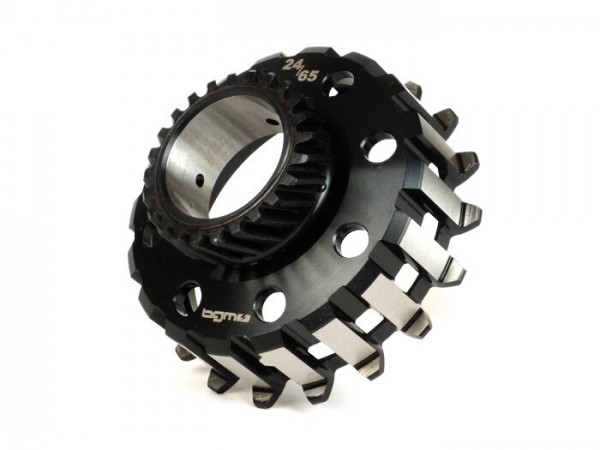
BGM6524S

-
Available immediately (delivery time 1-3 working days*)22 teeth (for 64/65 teeth)
-
The item is ordered and will be in stock soon23 teeth (for 64/65 teeth)
-
Available immediately (delivery time 1-3 working days*)24 teeth (for 64/65 teeth)
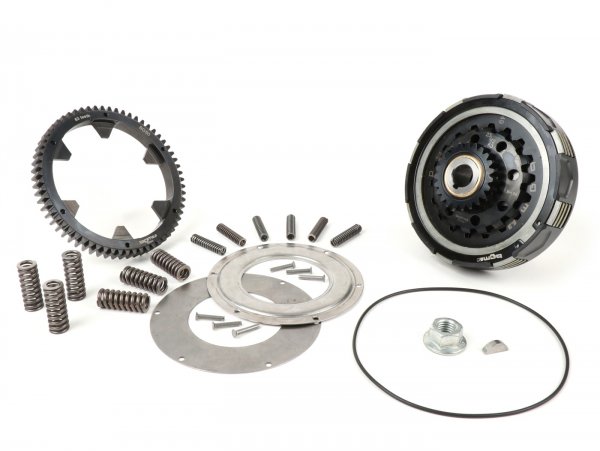
BGM8623KT63

-
Available immediately (delivery time 1-3 working days*)23 teeth (for 62/63 straight teeth)
-
The item is ordered and will be in stock soon24 teeth (for 62/63 straight teeth)
-
Available immediately (delivery time 1-3 working days*)25 teeth (62/63 straight teeth)


















